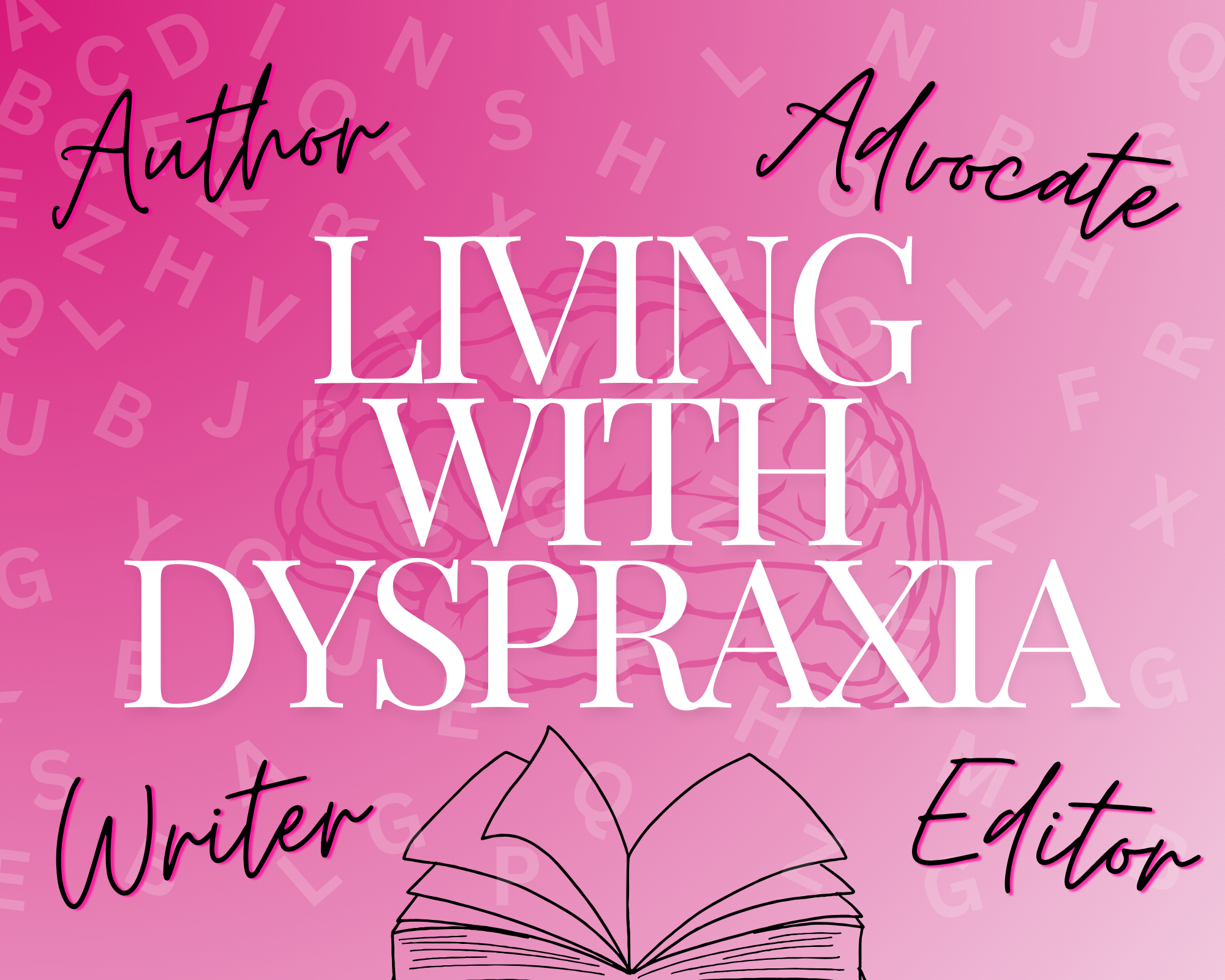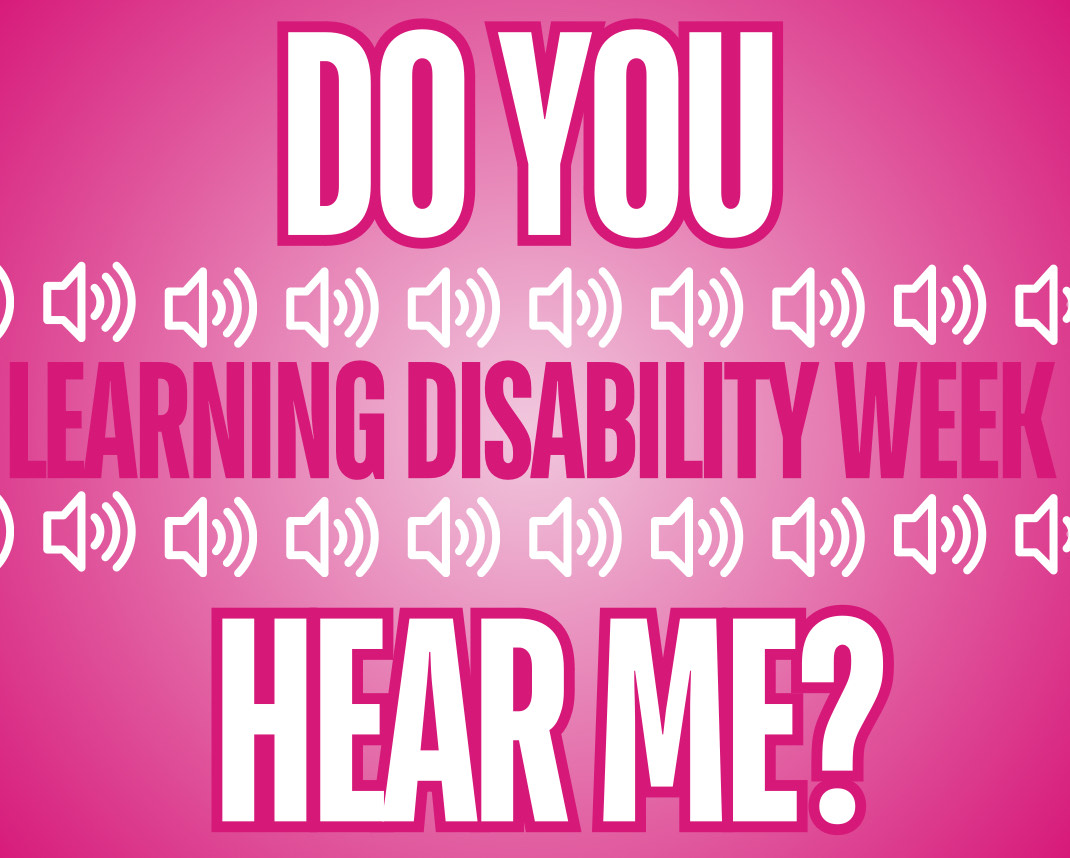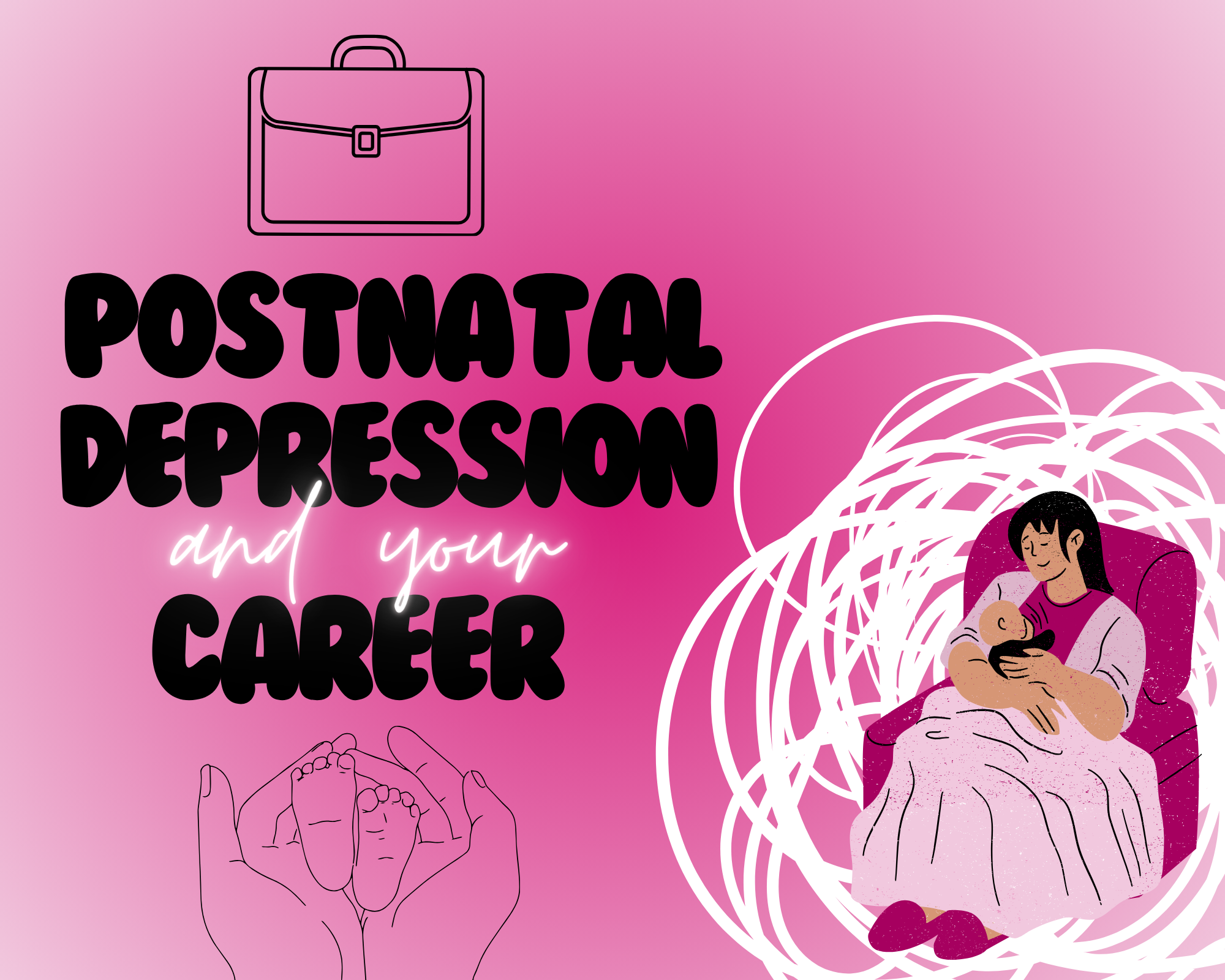According to the Foundation for People with Learning Disabilities, 6% of the population are thought to be living with dyspraxia – there is no true known cause, although some research suggests that it may be linked to neuron development.
Rosemary Richings, 32, is the author of Stumbling Through Space and Time: Living Life With Dyspraxia and neurodiversity advocate – she was diagnosed with dyspraxia in the 1990s.
“Dyspraxia is a condition that affects how you plan, coordinate, and carry out movement-based instructions and activities. It also affects your spatial awareness and perception of space and time. I think it means that I’ll always absorb information about the world around me non-linearly, but I have learned to approach and embrace that in a way that makes sense to others.”
“I think the writing process, with my dyspraxia, plays a larger role in how I work with others. Once writing went from a hobby to a profession, I had to learn to communicate what that looks like as clearly as possible. I always discourage verbal feedback because that’s when I am less likely to process what other people want me to do.
“When instructions must be given verbally, I always take notes on what other people are saying and come prepared in advance with a few written points on what I want to talk about. I am also very information overload prone. Basically, what that means is that sometimes processing too much information at once can be both energy-depleting and anxiety-triggering.
“I can process constructive feedback with a more objective eye if I can process it for at least 24 to 48 hours before I do something about it. Especially now, where the risk of information overload is also about the fact that I often do a lot of my own admin and PR while always starting or actively seeking my next project.”
In Rosemary’s book, she discusses her experience with growing up and living with dyspraxia, how it impacts her sense of space and time, and what guidance she has for others.
“My first novel was inspired by years of journaling to try to understand my dyspraxia better. I considered sitting down and writing this book for years because I was tired of people misunderstanding my symptoms and making all these assumptions about what I could and couldn’t do. I didn’t know anyone else who was dyspraxic until my late 20s. So, there was so much about my experiences navigating all aspects of life that were very different from most of my peers; that was a bit lonely and isolating at times.
“Right around the time I was planning out what marrying my long-term partner was going to look like, I felt more accepted by my peers for exactly who I am than I had ever experienced before. I felt more safe and secure in my own skin enough to share such a personal story with the world.
“However, what helped me think deeper than my own personal story was developing a strong, global network of neurodiversity, disability, and dyspraxia advocates my age. “Knowing people with similar conditions who fight every single day to challenge the world to accommodate them better really changes your whole perspective on life. Particularly in my advocacy circles, where people are also often marginalised by their families, employers, educators and peers for their race, socioeconomic status, gender identity, etc.”
According to the Dyspraxia Foundation, signs of dyspraxia in children can include delays in reaching motor milestones, social communication difficulties, and delayed speech and language development. Dyspraxia affects every part of someone’s life and it makes it hard for people to do activities that others take for granted.
“I am immensely curious about people and what makes them the same or different from me. I did have friends growing up, but I also spent a lot of time at home feeling somewhat isolated from other people.
“So, I learned to stare out windows and watch people and try to figure out all the small details about how they talk, walk, and see the world. I think a lot of my desire to write is about the fact that I have so much curiosity about the world around me, and writing for me is a means of investigating why people are the way they are.
“A lot of what we tell people about what success, in all aspects of life should look like, isn’t designed with neurodivergent and disabled people in mind. This leaves a lot of disabled people feeling like their version of success and “getting by” is failure when it’s just a different way of doing things than their peers. It was a feeling I internalised from my adolescence straight through to the very end of my twenties.
“I am a huge believer in the social model of disability (that disabled people are disabled by the accessibility barriers created by other people, not their differences or impairments). Now, I use writing as a tool to help people understand what barriers are in place and what we can do to break those barriers and help disabled people live happy and fulfilling lives.”
There is currently no cure for dyspraxia but Rosemary has seen both the positives and negatives of having the disorder.
“I am very proud of dyspraxia’s significant role in making me a creative person, but it’s a tiring condition. Even just walking around in a crowded environment takes as much concentration as the average person would dedicate to a puzzle, maths equation, or chess game. Plus, you spend so much time feeling like your movements don’t properly match up with anything you’re trying to do with your body, and that always comes with a level of risk that you’ll walk into a wall, trip over your own feet, or lose or break something important.
“But honestly, I also don’t have a thyroid, and that comes with a higher difficulty level; if you take your medication the wrong way, you’re this exhausted, brain-foggy mess for the rest of the day, and if you keep getting it wrong, your body stops working properly in really frightening ways.”
Even though dyspraxia cannot be cured, the NHS says there are ways to help manage it, such as: seeking out healthcare professionals, activity-oriented, and body-function-oriented approaches.
Rosemary’s book on living with dyspraxia can be found here.




